Once again, props go out to iFixIt for being first to to the punch with its tear-down of the new Apple video player. The firm says it plans to sell replacement parts for the Touch, just as it does for other iPods, iPhones, and Apple's notebook lines.
The tear-down
At 8mm thick and 4.2 ounces, the iPod Touch is smaller and lighter than the iPhone, which measures 11.6mm and weighs in at 4.8 ounces. The Touch is also 0.2 inches (5 mm) shorter than its older cousin.
Similar to the new iPod nano, the Touch's rear panel is shiny (scratch-prone) aluminum and is secured to the face of the unit via metal tabs.
The iPod Touch doesn't need a large speaker or microphone, so the battery occupies a larger portion of the internals than the iPhone's battery.
There are no wires connecting the rear panel to the iPod. Apple uses an elegant contact connection to make assembly and disassembly easier. (The circled points are contacts for the WiFi antenna.)
The large, but thin battery is soldered to the logic board, like the iPhone and many of Apple's recent iPods.
The iPod's huge touch-display lies beneath the battery, while the logic board is beneath the metal shield at the top of the image (under the 2D barcode). According to iFixIt, the Touch's battery is 54.0 x 64.1 x 2.8 mm, while the iPhone battery is 43.6 x 50.5 x 5.4 mm. That puts the volume of the Touch battery (9588 mm^3) at 81 percent of that of the iPhone (11780 mm^3).
Near the top of the logic board, Apple has sandwiched several components, including a company-branded ARM chip and the stacked Toshiba — not Samsung — flash chips.
Lifting the logic board up reveals a small antenna connect board that contacts the antenna.
In the below photo, iFixIt rotated the logic board upwards and used a spudger to pry up the printed circuit board (PCB) underneath the logic board. This board likely houses the components for processing touch screen input, the firm says. Also apparent from the image is a Foxconn stamp on the dock connector. Apple has used the Taiwanese manufacturer extensively to assemble its iPod lines.
The Touch's display processing board is attached near the bottom of the primary logic board. The ribbon cables are soldered into each board, so you cannot easily replace just one of the boards . You can also see the headphone jack on the lower-right side of the logic board. Apple has decided to integrate it into the logic board, which may make repair more difficult, according to iFixIt.
The image below shows the top of both boards. You can see the Wolfson chip to the left of the flash memory. This is interesting, notes iFixIt, because the iPod Classic has a Cirrus audio chip, which has caused some initial concerns about audio quality. The iPod touch should not suffer from these problems, the firm says, as the Wolfson chip is the same as that in the iPhone, WM8758BG.
The Toshiba flash has part # TH58NVG5D4CTG20. Since iFixIt's Touch model was an 8 GB iPod, each of those stacks has 32 Gb (4 GB) of memory.
The Apple-branded ARM has chip markings 339S0029ARM 8900B 0731 NOKCYY2, while the on-stack memory has markings K4X1GA53PE-XGC3 YME097N6 731. The K4 indicates this is Samsung memory, so iFixIt believes the chip is probably Samsung manufactured just like the iPhone.
A comparison of Touch and iPhone processor markings. Touch: 339S0029ARM 8900B; iPhone: 339S0030ARM 8900B (very similar) Touch: 0731 (manufactured week 31 of 2007) iPhone: 0719 (week 19 of 2007). Touch: NOKCYY2 iPhone: NOD4BZ02.
iFixIt says the last number is probably a lot id, which explains why they are so different. But in general, the iPod Touch and iPhone processors are very, very similar.
The Touch's display attachment is completely different from the iPhone, and is attached to the front of the iPod by 16 Phillips #00 screws. On the iPhone, the display and front bezel are fused together with very strong adhesive which makes it impossible to separate the display from the from glass.
iFixit believes the Touch's display design will make for easier repairs, as removing the display is very doable. "The LCD just comes right out after you remove the screws."
The touch-screen LCD picture on the left, and display bezel on the right.
iFixit's iPod touch take-apart guide. iFixIt also recently tore down Apple's new iPod nano and iPod Classic.
 AppleInsider Staff
AppleInsider Staff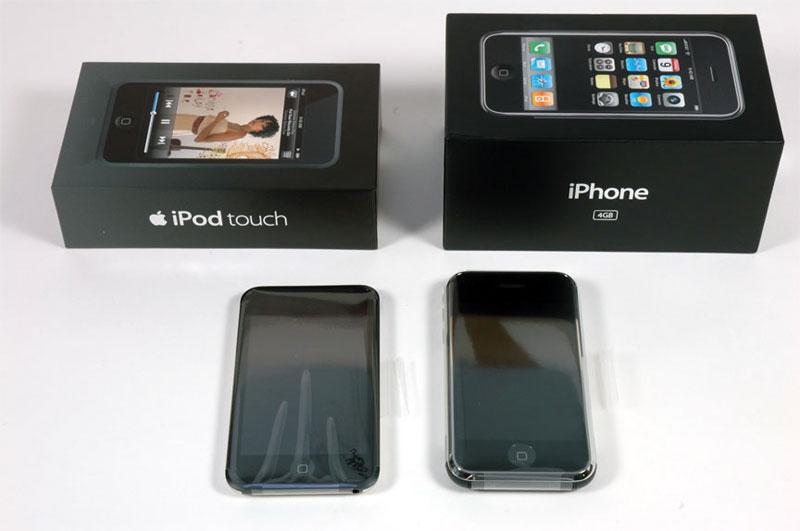
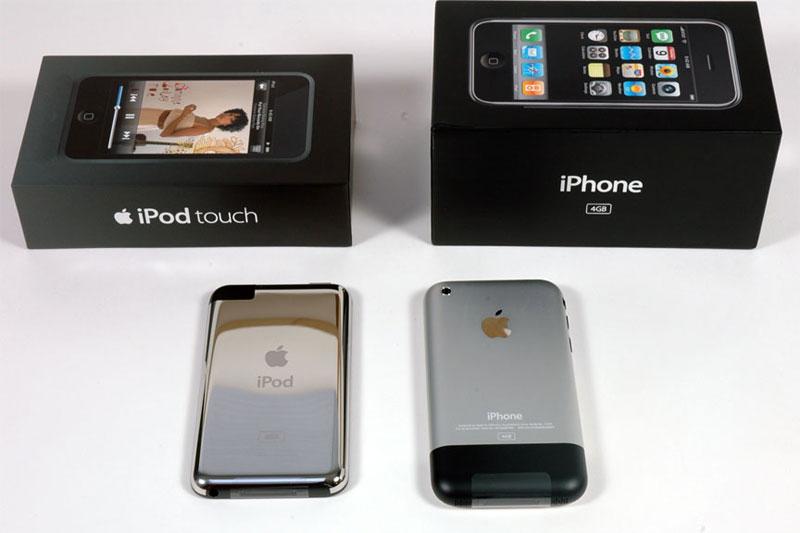
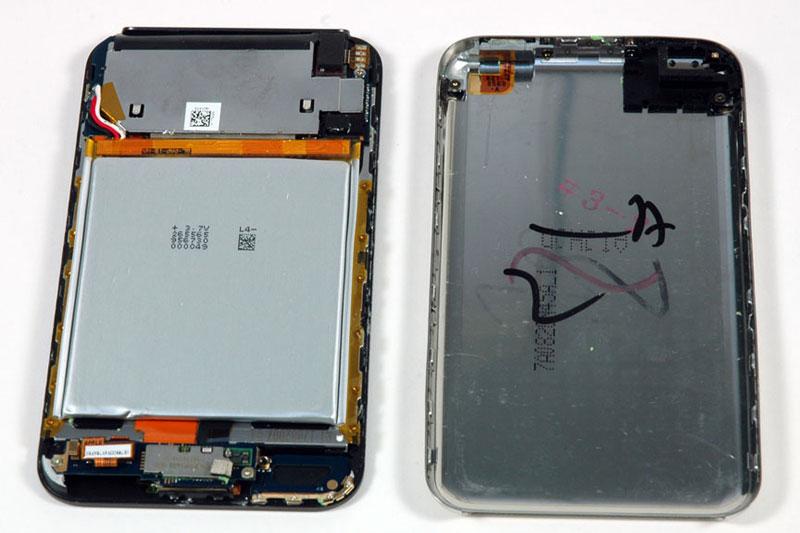
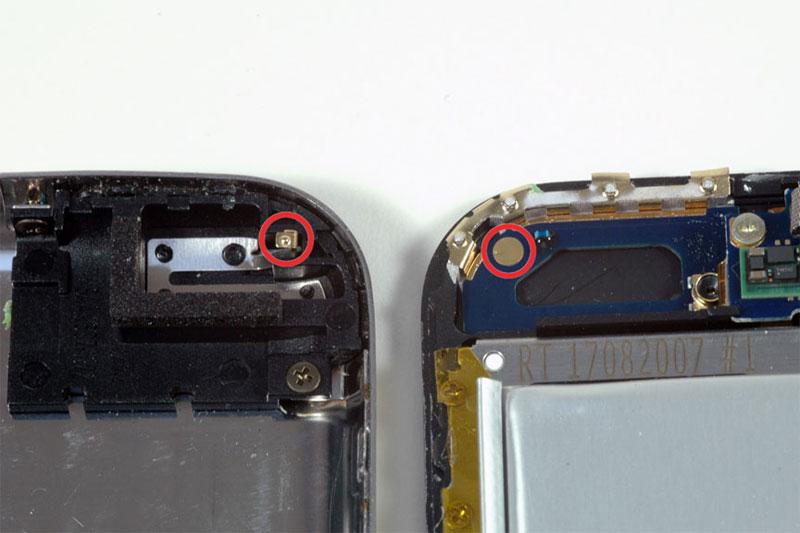
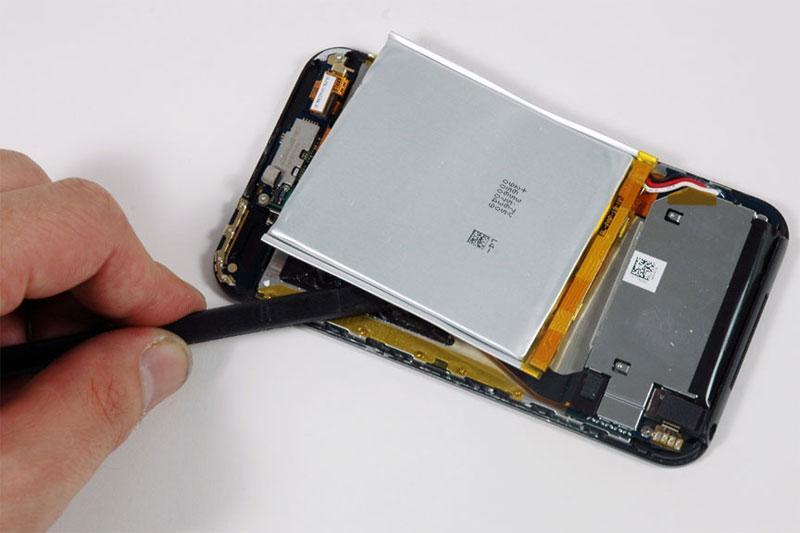
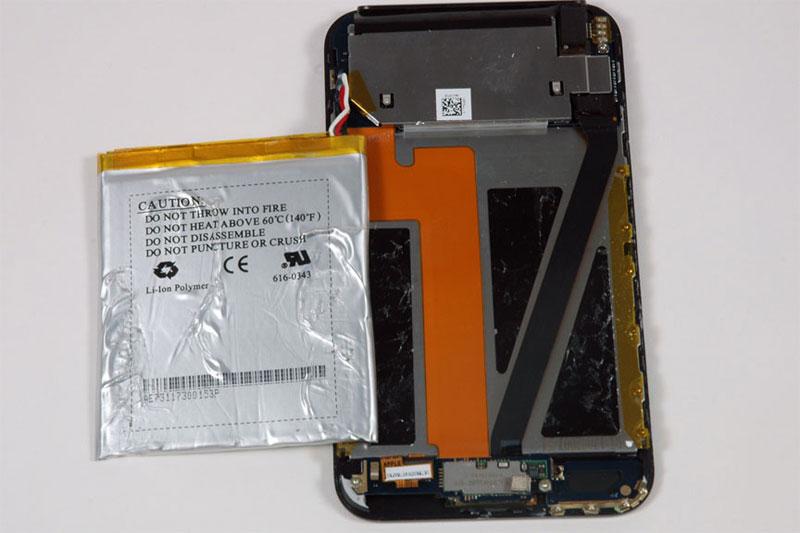
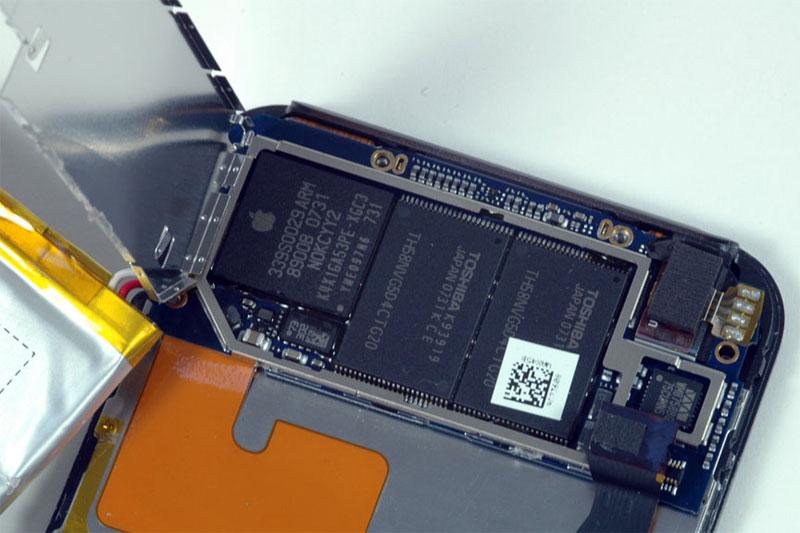
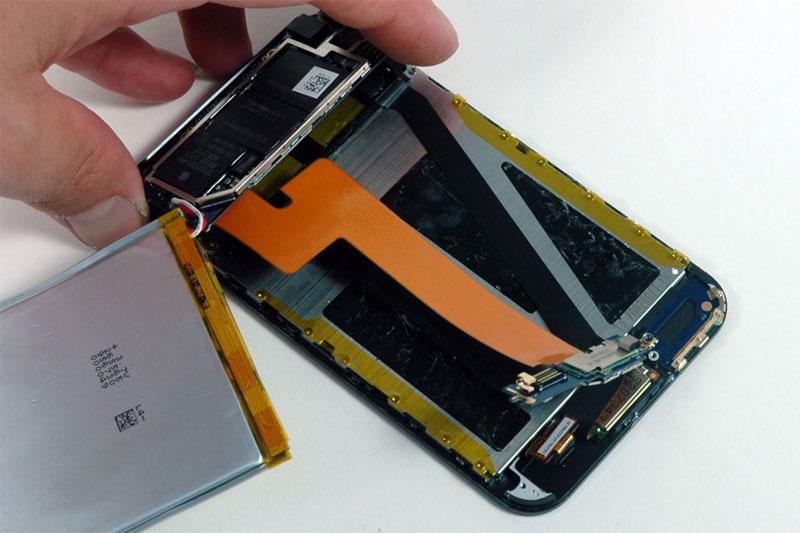
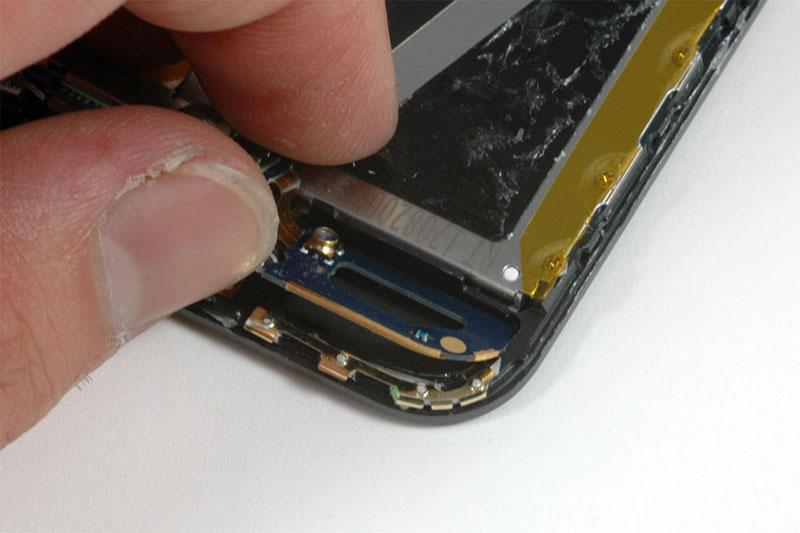
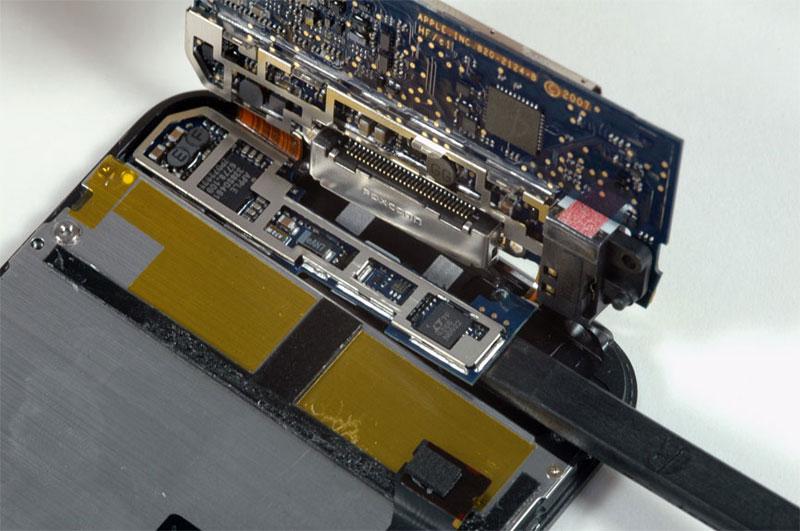
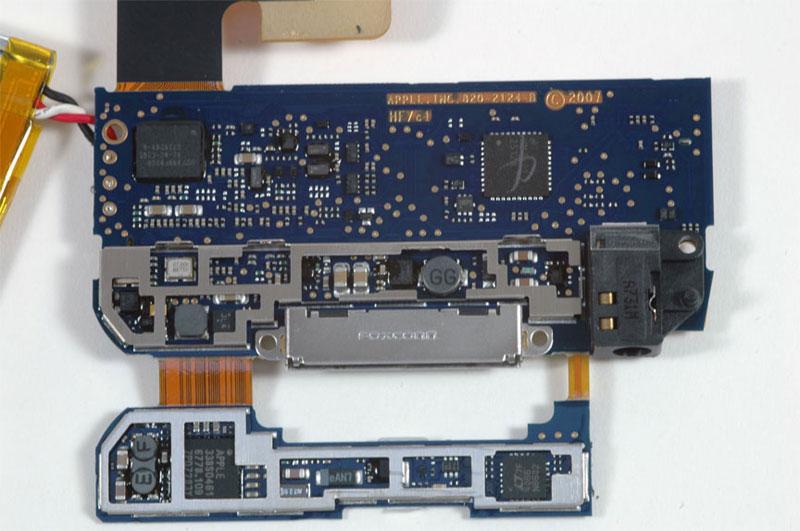
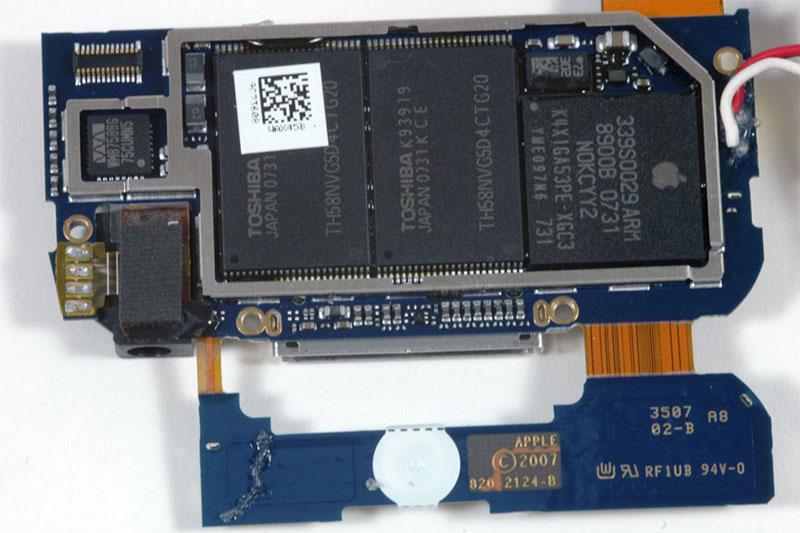
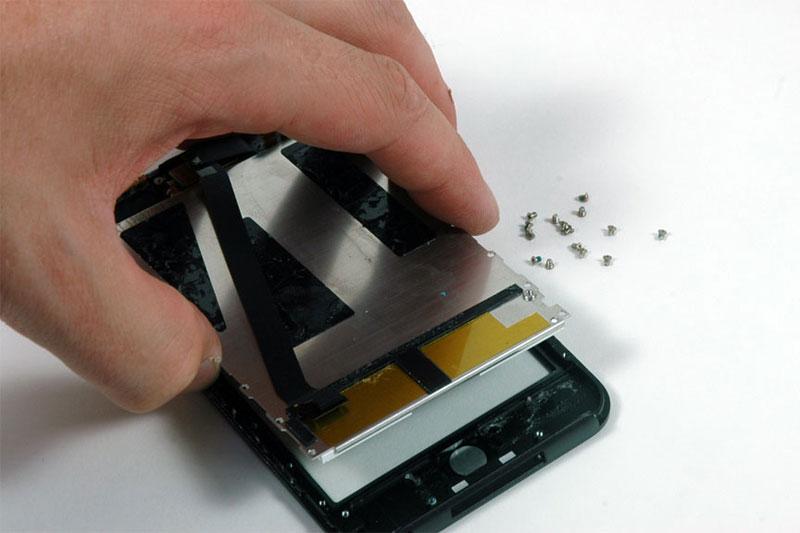














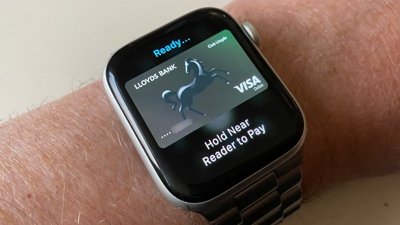
 William Gallagher
William Gallagher

 Christine McKee
Christine McKee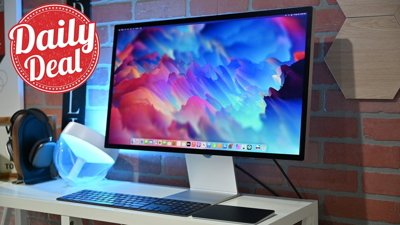

 Chip Loder
Chip Loder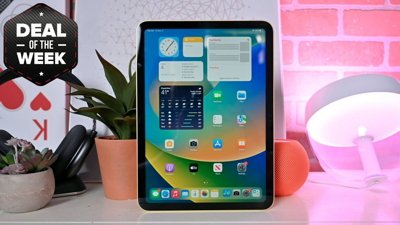

 Malcolm Owen
Malcolm Owen









40 Comments
I love how so many people were complaining about no being able to replace batteries on the iPhone and then Apple goes ahead and continues on to the iPod Touch and does the same thing. I love it! Even iPods for the longest time have been equiped with a non-replaceable battery. Just goes to show you that Apple doesn't care how many of you guys complain about it because they have very high hopes and expectations of the device that has worked well for them in the past.
Is it too early in the morning for me or is that backwards? Seems to me that that makes the iPhone 81% of the Touch.
I think somebody has either messed up the measurements, or messed up the maths. The touch has a larger battery than the iPhone, I know that much.
The iPod touch battery is about half as thick as the iPhone battery...
The key word is "thinner."
Larger doesn't mean crap; sure the touch is wider and longer, but it is half the thinness of the iPhone.
-=|Mgkwho